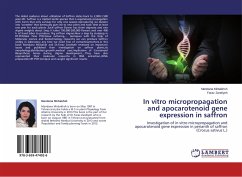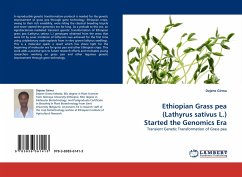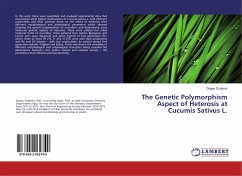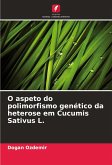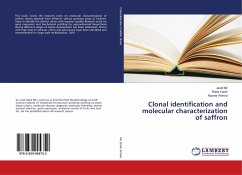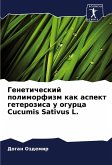Saffron is a traditional crop from the geographic
area of La Mancha, known to be one of the most
expensive spices in the world, and very appreciated
for its colouring and flavouring characteristics,
and medical properties. It is a monocot, triploid
sterile plant that is vegetatively propagated by
means of a subterraneous organ, the corm. To help us
to understand corm physiology and gene expression
knowledge more deeply, six developmental stages were
defined, including the complete development of this
organ, from its appearance as latent buds, until its
senescence and death. Gene expression is analyzed in
two of them, generating 650 partial sequences (ESTs)
from two cDNA libraries. The first one was
constructed from corms collected in February, at a
stage characterized by storage accumulation and
enlargement (C3). For the second one, corms
collected in July, at a dormant stage (C4) were
used. In both libraries, a great percentage (36 % in
C3 and 50 % in C4) did not show any significant
similarity when compared to sequences present in
public databases, emphasizing the lack of knowledge
about this organ.
area of La Mancha, known to be one of the most
expensive spices in the world, and very appreciated
for its colouring and flavouring characteristics,
and medical properties. It is a monocot, triploid
sterile plant that is vegetatively propagated by
means of a subterraneous organ, the corm. To help us
to understand corm physiology and gene expression
knowledge more deeply, six developmental stages were
defined, including the complete development of this
organ, from its appearance as latent buds, until its
senescence and death. Gene expression is analyzed in
two of them, generating 650 partial sequences (ESTs)
from two cDNA libraries. The first one was
constructed from corms collected in February, at a
stage characterized by storage accumulation and
enlargement (C3). For the second one, corms
collected in July, at a dormant stage (C4) were
used. In both libraries, a great percentage (36 % in
C3 and 50 % in C4) did not show any significant
similarity when compared to sequences present in
public databases, emphasizing the lack of knowledge
about this organ.


